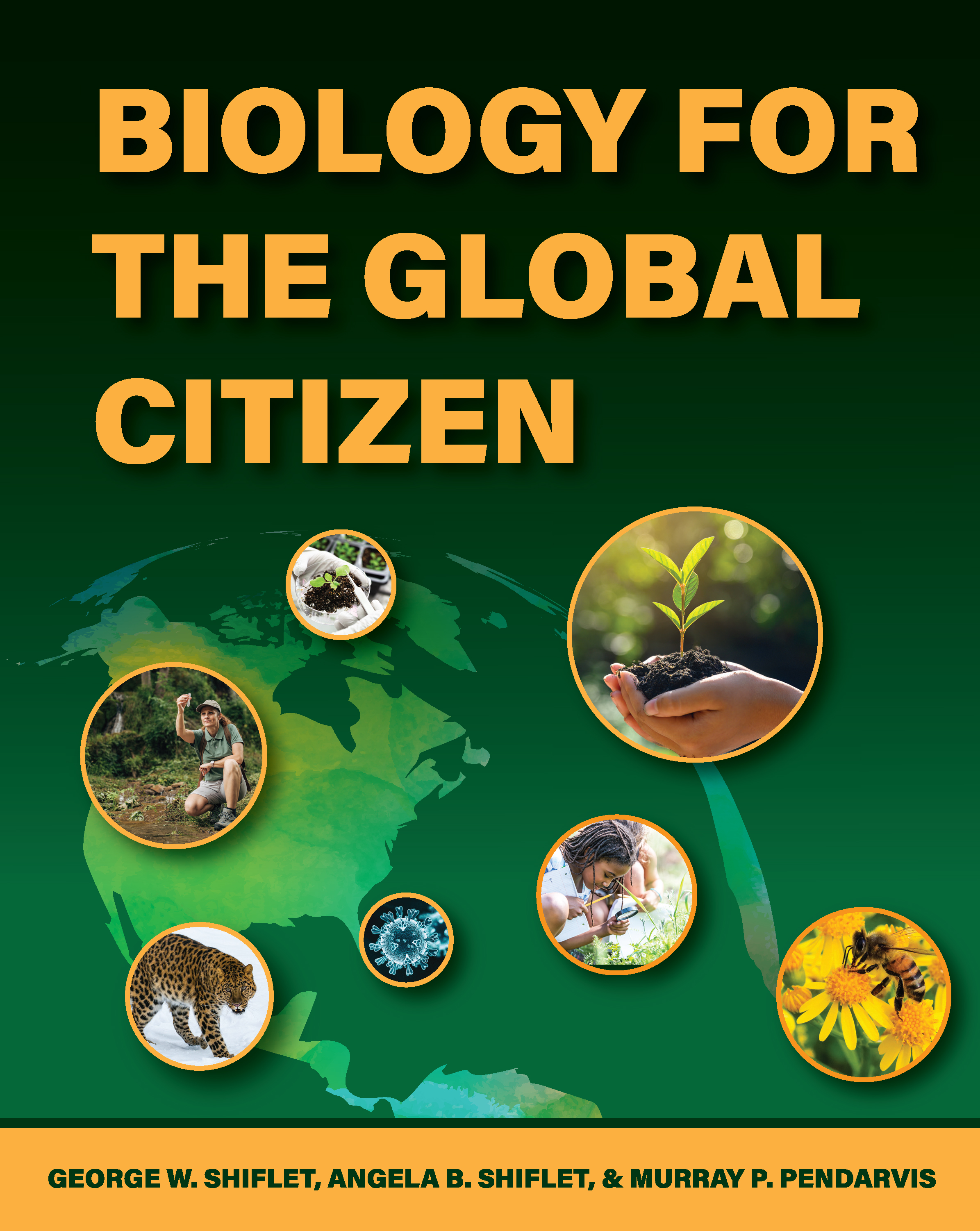in Science

|
What's News in Science 
|
Electric Bacteria
by George Shiflet
|
The black, odiferous muck of a Danish harbor provided scientists with some surprises. This muck is black, and it smells much like rotten eggs, because it contains considerable amounts of hydrogen sulfide (H2S) and typically lacks dissolved oxygen (O2). Without oxygen, most bacteria are unable to oxidize the H2S. The high levels of H2S and lack of O2 make life in this muck very difficult. But, after a month in a lab beaker, a layer of the muck became lighter in color, which indicated that there was less H2S in that layer. Chemical analysis confirmed that the H2S was essentially gone. How and why had H2S disappeared?
What the scientists discovered was that there were some chains of bacteria, composed of thousands of cells joined end-to-end. Subsequent examination showed that surrounding the chain was a sheath containing what looked like cables. Consequently, these bacteria are now referred to cable bacteria (Figure 1).

Figure 1. Cable bacteria connecting dark and light sediments in a glass tube
Copyright © by Nils Risgaard-Petersen and Lars Peter Nielsen (CC BY-SA 4.0) at https://commons.wikimedia.org/wiki/File:Cable_bacteria_in_sediment.png.
In Figure 2, you see a diagram of how these bacteria function, even in anaerobic (without oxygen) environments. In sediments lacking oxygen, bacteria decompose organic matter containing oxidized forms of sulfur (e.g., SO4) to yield H2S. Generally, the hydrogen sulfide will remain, because there is no way to re-oxidize it in that environment. However, “ingeniously”, the cable bacteria are able to pick up electrons from the H2S and oxidize the H2S by transferring the electrons upward in the sediment and overlying water, where the electrons are used to reduce oxygen to water. We know that whenever one molecule is oxidized, another molecule is reduced. Unusually, in this case, the two molecules are not found in the same place. Thus, the oxidation (taking away electrons) of H2S occurs in the anaerobic sediment, and the reduction (adding electrons) takes place by transferring the electrons up the sediment and water column, where O2 is reduced to form water.
Figure 2. Diagram of separated oxidation-reduction reaction. Note the short segment of cable bacteria on the right side of the diagram. Electrons are transmitted from oxidation of H2S via proteinaceous cables connecting the bacteria into chains. The electron current extends from sulfide-containing sediments to an aerobic region where oxygen is reduced to form water.
Copyright © by Ian PG Marshall (CC BY-SA 4.0) at https://commons.wikimedia.org/wiki/File:Cable_diagram.svg.
Although this form of metabolic solution is interesting, there are a number of possible applications for cable bacteria. For instance, cultivated rice production produces a significant portion of the methane (CH4) (an important and powerful greenhouse gas) emissions. Flooded rice fields produce an environment low in oxygen, where methane-producing bacteria flourish. Scientists knew that rice fields with sulfate fertilization inhibited the methane producers temporarily. However, repeated application of fertilizer was required. Subsequently, scientists conducted experiments, where they added cable bacteria instead of fertilizer. The presence of the bacteria drastically increased the sulfate present and reduced methane release by over 90%. These experiments are very exciting, because we could well have a significant weapon to use to reduce methane emissions into the atmosphere.
Nielsen, Lars Peter, Nils Risgaard-Petersen, Henrik Fossing, Peter Bondo Christensen, and Mikio Sayama. "Electric currents couple spatially separated biogeochemical processes in marine sediment." Nature 463, no. 7284 (2010): 1071-1074.
Meysman, Filip JR. "Cable bacteria take a new breath using long-distance electricity." Trends in microbiology 26, no. 5 (2018): 411-422.
Scholz, Vincent V., Rainer U. Meckenstock, Lars Peter Nielsen, and Nils Risgaard-Petersen. "Cable bacteria reduce methane emissions from rice-vegetated soils." Nature communications 11, no. 1 (2020): 1-5.